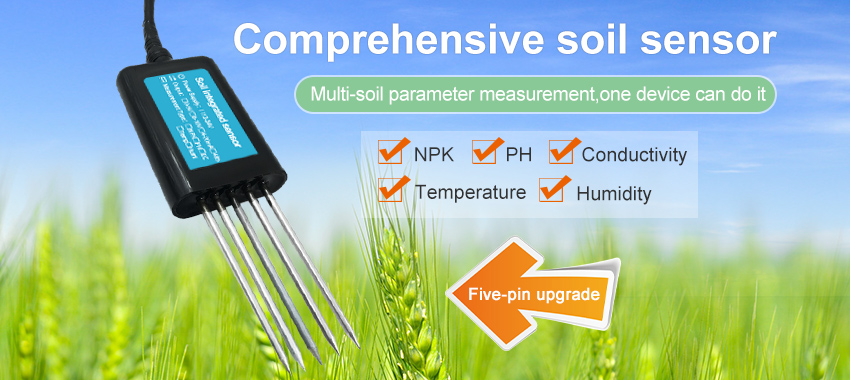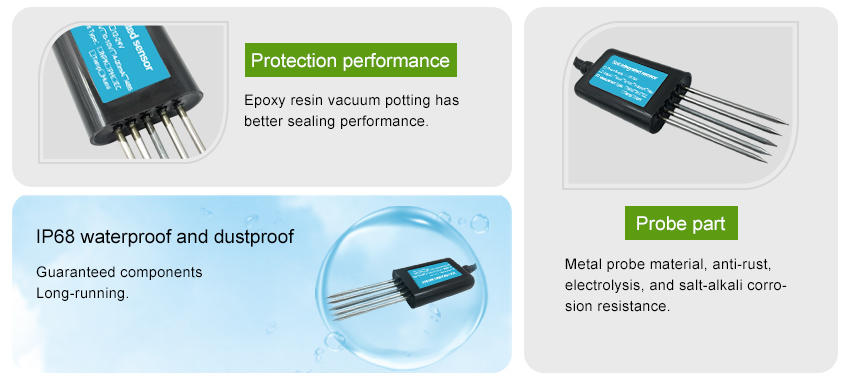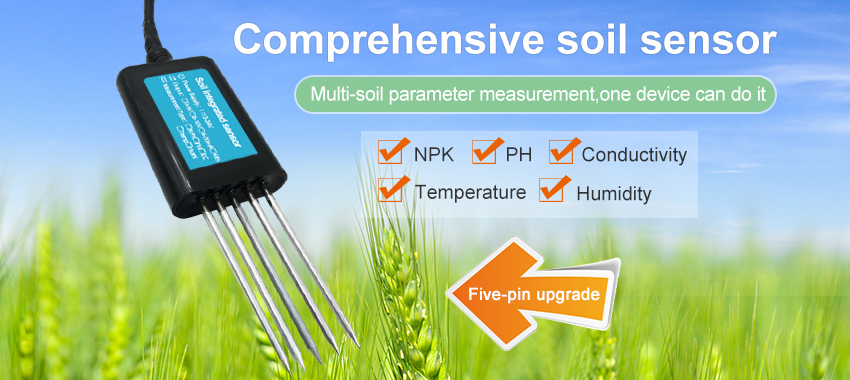Agriculture, the backbone of human civilization, has gone through significant transformations over the years. With the advent of technology and innovation, traditional farming practices are being revolutionized to meet the challenges of feeding a growing global population while ensuring sustainability. Among the many technological advancements, soil sensors have emerged as a powerful tool in the realm of precision agriculture, also known as smart farming. In this article, we will explore how soil sensors are revolutionizing agriculture, empowering farmers with valuable insights into soil health, moisture levels, nutrient content, and more, enabling them to make data-driven decisions for improved productivity and sustainability.
Understanding Soil Sensors:
Soil sensors are electronic devices that measure and monitor various characteristics of the soil. These sensors are strategically placed in the field at different depths to gather real-time data on soil conditions. They can measure parameters such as temperature, moisture content, pH levels, electrical conductivity, and nutrient levels. The data collected by soil sensors is transmitted wirelessly to a central system for analysis and interpretation.

Optimizing Irrigation Strategies:
One of the primary benefits of soil sensors is their ability to provide accurate information about soil moisture levels. This data allows farmers to develop precise irrigation strategies tailored to the specific needs of their crops. By avoiding under or overwatering, farmers can conserve water resources, reduce energy consumption, and increase crop yield. Soil sensors help prevent water stress in plants by ensuring that irrigation is applied only when necessary, resulting in healthier and more vigorous growth.
Nutrient Management and Fertilizer Efficiency:
Efficient nutrient management is crucial for sustainable agriculture. Soil sensors provide valuable insights into the nutrient content of the soil, allowing farmers to optimize their fertilizer application. By accurately assessing the nutrient levels in the soil, farmers can apply fertilizers in the right quantities and at the right time, minimizing waste and reducing environmental pollution. This data-driven approach leads to improved fertilizer efficiency, cost savings, and enhanced crop quality.
Detecting Soil Health Issues:
Soil health is vital for sustainable farming practices. Soil sensors can detect indicators of soil degradation or contamination, such as changes in pH levels or electrical conductivity. Early detection of soil health issues allows farmers to take proactive measures to mitigate potential problems before they impact crop productivity. By continuously monitoring soil conditions, soil sensors enable farmers to identify the causes of soil deterioration, implement necessary interventions, and maintain healthy soil ecosystems.
Precision Planting and Seed Placement:
Achieving optimal plant growth begins with precision planting and seed placement. Soil sensors provide farmers with crucial data on soil temperature, moisture levels, and texture, enabling them to make informed decisions about ideal planting conditions. With this information, farmers can determine the appropriate seed depth and location, ensuring maximum seed-to-soil contact for germination. This precision planting approach minimizes seed wastage, promotes uniform emergence, and improves overall crop establishment.

Real-Time Monitoring and Decision Support:
The real-time monitoring capabilities of soil sensors are invaluable for farmers. These sensors continuously collect data, allowing farmers to track changes in soil conditions over time. By integrating this data with weather forecasts and historical trends, farmers can gain valuable insights into crop growth patterns and make informed decisions accordingly. Real-time monitoring and decision support systems enable timely interventions, precise resource allocation, and effective pest and disease management.
Challenges and Adoption Barriers:
Despite their numerous benefits, there are certain challenges and barriers to the widespread adoption of soil sensors in agriculture. Cost is a significant consideration, as the initial investment and maintenance of these sensors may be prohibitive for small-scale farmers. Inadequate technical knowledge and limited access to training programs also hinder the adoption of soil sensor technologies. Additionally, interoperability and compatibility issues between different sensor systems need to be addressed for seamless integration and data sharing.
Future Developments and Opportunities:
The future of soil sensor technology in agriculture is promising. Ongoing research and development efforts are focused on improving the accuracy, durability, battery life, and cost-effectiveness of soil sensors. Integration with other emerging technologies, such as artificial intelligence and machine learning, holds tremendous potential for further enhancing the capabilitie







